
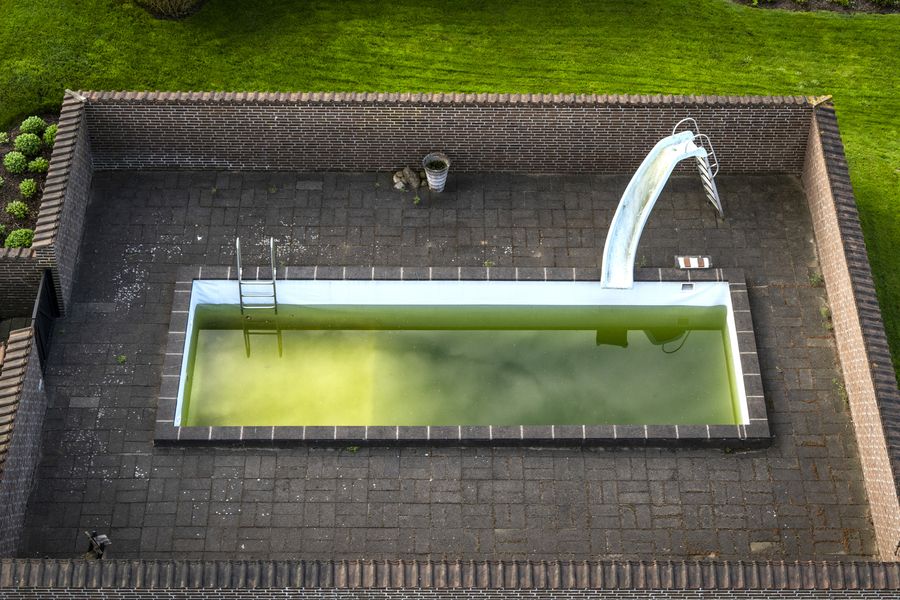
If you have green pool water, it could be from algae. Algae is a common problem in swimming pools and can appear suddenly. It clogs filters, leads to poor water circulation and inhibits the effectiveness of pool chemicals. It's also unhealthy. Swimming pools with algae are a breeding ground for harmful bacteria. Black algae, or blue-green algae, is a dangerous cyanobacteria. Neither chlorine nor the pool filter will clear it on their own, so how do you get rid of this nuisance? Rain and wind, or pool equipment contaminated from natural bodies of water carry spores into the pool, where it spreads and grows. Sunny conditions, low chlorine levels, improper pH levels, dirty filters, or pool circulation all allow it to flourish. Prevention is easier than removal and treatment. A pool cover is an excellent way to prevent algae. Also, always clean your filter system and wash off potentially contaminated swimwear or equipment. Keep your pool water chemistry balanced, testing pool chemicals regularly. Keep phosphate levels low, as algae feed on it. You can use a phosphate remover if necessary. Algaecide, in small, weekly doses, prevents it from growing. A weekly pool shock treatment, or super-chlorination, can help, too. The type of algae impacts the treatment. Green pool algae are the most common and spread quickly, but it's also the easiest to kill. It's usually caused by poor sanitizing and filtering, and a high pH. It causes green, cloudy pool water. The green slime will float or grow on pool walls. Its colour varies from teal green to dark black green, at its worst. Thorough vacuuming, brushing, shocking and filtering can remove it. Yellow pool algae are less common but harder to remove. It appears as a yellowish-green sand or pollen sticking to pool sides in shadier spots. It's chlorine-resistant and may need several rounds of brushing pool surfaces, adding higher shock doses to your pool water and possibly a specific algaecide. Black algae look like black spots on your swimming pool wall. It's very difficult to remove because the part that you can see has a protective layer and it has strong, deep roots that grow into walls. It'll take several rounds of thorough cleaning, and even higher levels of shocking. Pink algae, or pink slime as it is sometimes called, is an airborne bacteria that require a pink algaecide to remove it from your pool. There are several steps to get rid of algae. Attention to detail is critical; any remaining spores spread and grow quickly. Automatic pool cleaners aren’t thorough enough. Vacuum using the waste setting to bypass your filter, so contaminated water doesn't recirculate back into your pool. Brush the entire pool vigorously to remove as many algae as possible. This cuts down the time to kill algae. Scrubbing the algae off helps chlorine reach all the algae better and loosens up contaminants for removal. Cloudy water will make it harder to see down to the pool floor. Test alkalinity and pH levels. A higher pH is common during an algae bloom. Adjust levels as needed; this allows shocking to work better. Retest when necessary. Super-chlorination, or shocking, is the best way to treat algae, as the extra free chlorine kills it. Calcium hypochlorite or Sodium Hypochlorite shock is effective. Usually, green algae need a double dose; mustard algae, a triple dose; and black, a quadruple dose. Shock at night for the best results and run your filter overnight to circulate. You may need to repeat the brushing and shocking process. For mustard algae growth, a yellow algaecide is specifically needed, while a black algaecide is used for a black algae problem. Use a pool vacuum or backwash the pool to remove dead algae. If necessary, repeat the whole process after two to four days. When a pool shock has done its job, the algae turns grey as it dies, settling on the bottom and turning the water a cloudy blue colour. A sand filter usually can't remove the dead algae particles, so vacuum them out using the waste setting. If you have a cartridge filter, you'll need to clean the filters thoroughly afterwards. Run the filtration system continuously for at least eight hours or until the water clears. Ensure your chemical levels are balanced, chlorine levels are normal, and cyanuric acid and calcium hardness levels are good. To avoid a contaminated filter reintroducing algae spores back into your pool, replace or thoroughly clean your filter cartridges. Getting rid of algae in a saltwater pool is the same process as a regular chlorine pool. What if you didn't have to worry about any of this, and could just come home and swim whenever you wanted to? For hassle-free swimming pool maintenance in Toronto, contact People for Pools at 647-710-8926, 1585 Britannia Rd E, Unit B3 Mississauga, ON L4W 2M4, and enjoy a worry-free pool experience without harsh chemicals.What Causes Pool Algae Growth?
How Can I Prevent Algae?
Types Of Algae
Green Algae
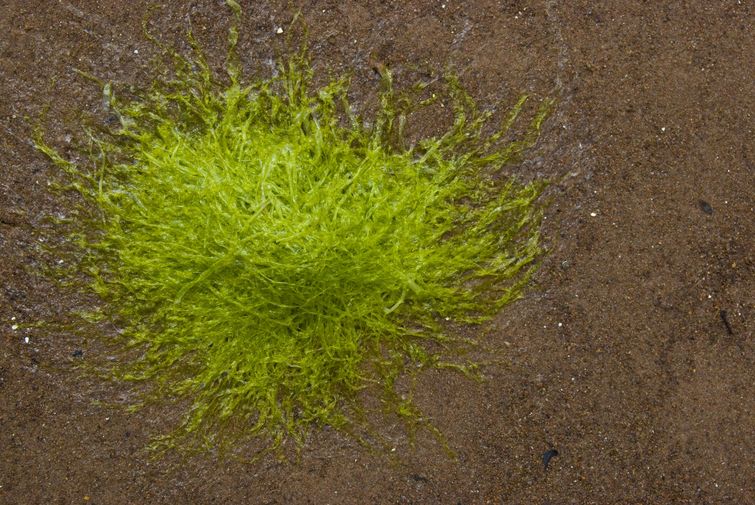
Mustard or Yellow Algae
Black Algae
Pink Algae
Removing Algae From Your Swimming Pool Water
Vacuum Manually
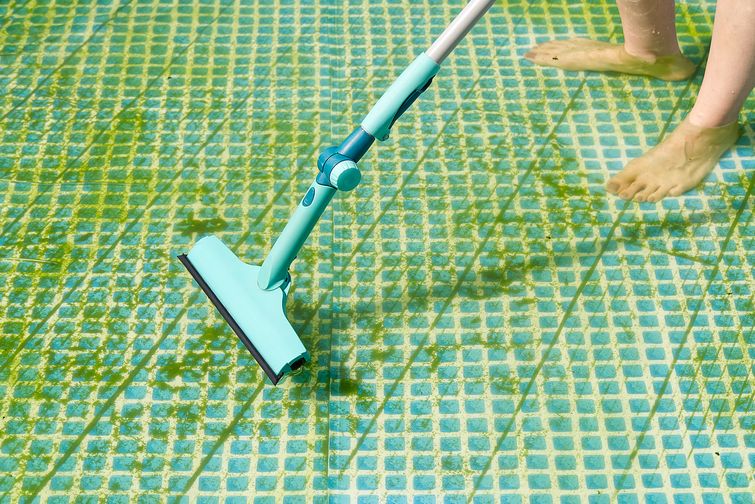
Brush and Scrub
Pool Chemistry
Shocking
Vacuum Again for Dead Algae Debris
Filtering
Test Again
Clean Your Filter
What About a Saltwater Pool?
Worry-Free Maintenance
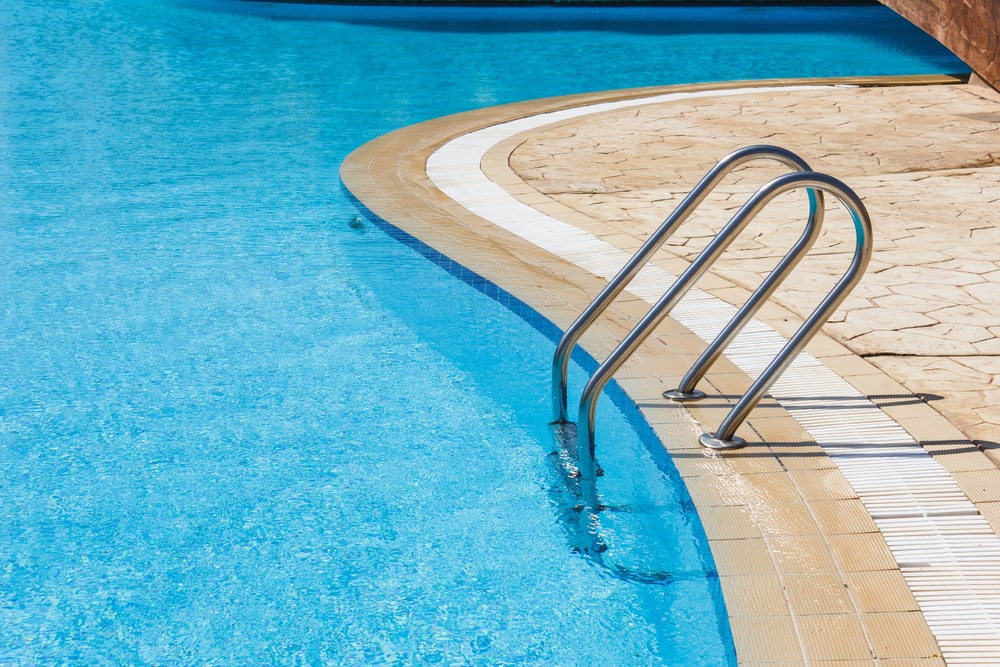
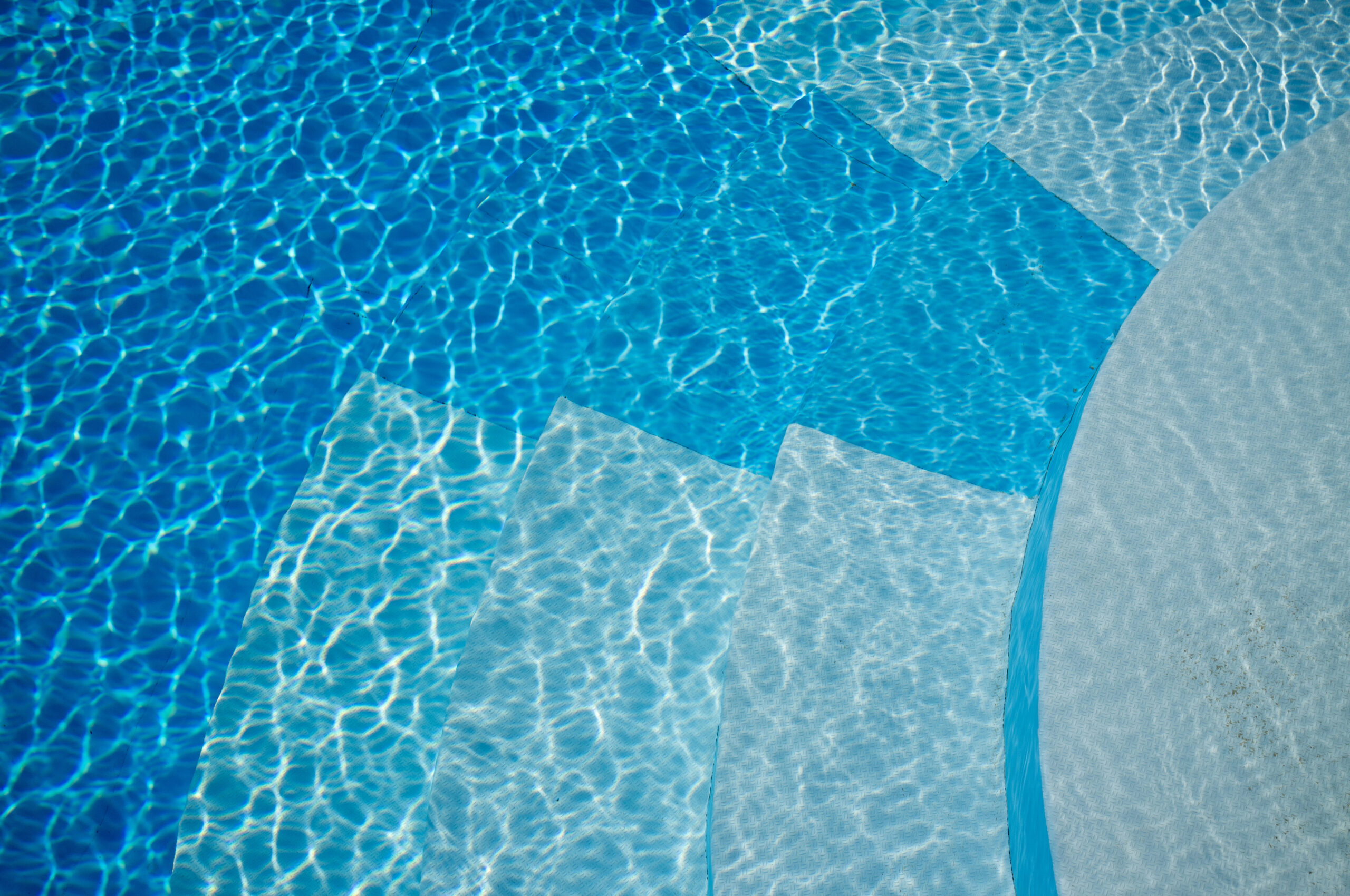
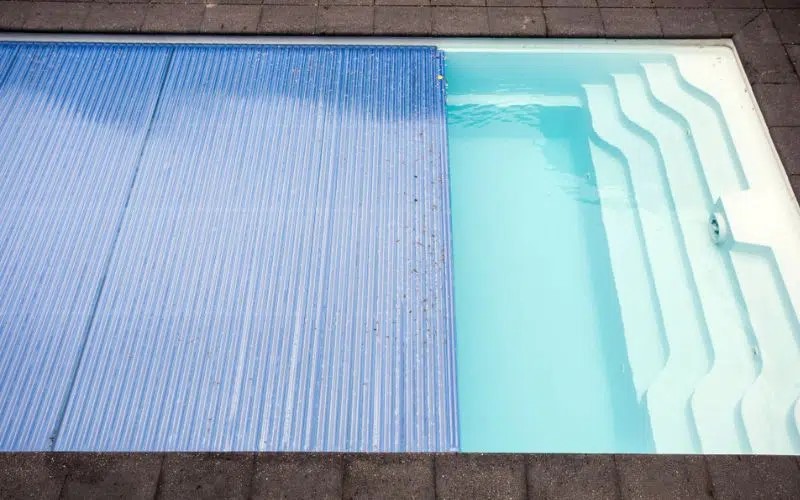
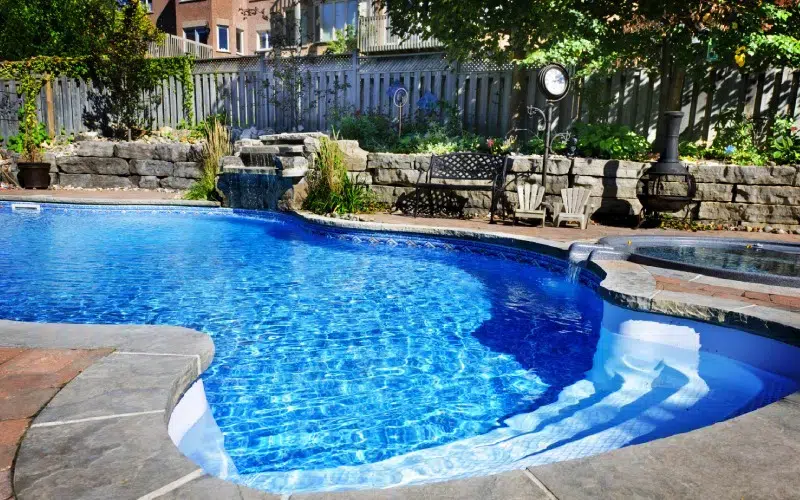
While we strive to provide as much useful information and tips as possible in our blogs, you may still have questions about your pool. That's okay! That's what we're here for. Give our team a call to discuss any questions you may have or the services you're interested in. Not only can we thoroughly answer your questions and concerns, but we can also help you regularly maintain your pool.
Give us a call, email us, or fill out and submit a form below and we'll respond promptly. We proudly service the Greater Toronto Area and can provide you with a free quote.

PEOPLE for POOLS is a professional pool company that can take care of your pool this season. Call us today to inquire about our pool maintenance service. Potential customers can receive a free quote for our services.